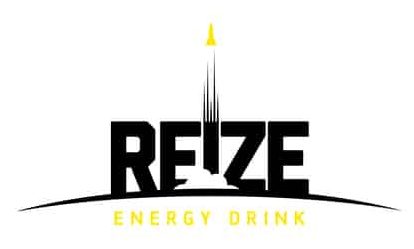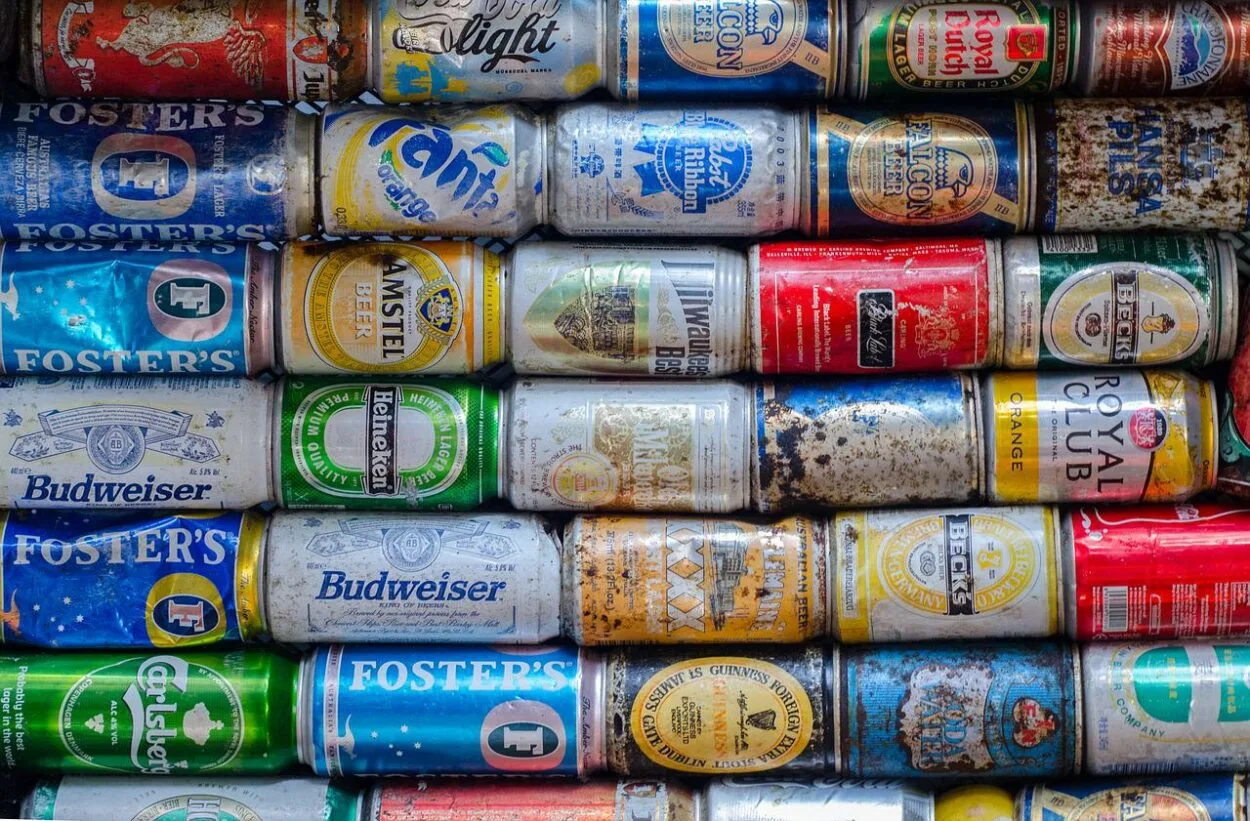For many people who don’t have time to relax, energy drinks have evolved into a necessary component of their daily routine. It would be nearly difficult to remain ahead of the day and all of its stresses without energy drinks.
It’s kind of surreal to think that energy drinks were not available to people for the vast majority of human history. They simply had to make an effort to endure, I suppose.
Red Bull made its American premiere in 1997 after making its debut in Europe; thus, the contemporary energy drink market as we know it today actually got its start at this point. Energy drinks first entered our lives through Red Bull, and it wasn’t long until items like 5-Hour Energy started to dash through that door, offering energy shots in addition to energy beverages.
There is a lot of information about energy drinks, so keep on reading if you wish to know more.
Table of Contents
ToggleWhat is an Energy Drink?
An energy drink is a particular type of beverage that typically contains caffeine and is promoted as delivering both mental and physical stimulation (marketed as “energy” but distinct from food energy).
In addition to sugar, other sweeteners, herbal extracts, taurine, and amino acids may or may not be carbonated. They are different from sports beverages, promoted as enhancing athletic performance, and are a part of the larger category of energy goods, including bars and gels.
This drink category includes a wide range of brands and types.
Typically, energy drinks do not include coffee, tea, or other naturally caffeinated beverages. Even though other soft drinks like cola may contain caffeine, they are not regarded as energy drinks. This study shows that a typical healthy adult can safely consume up to 400 mg of caffeine per day.
This has been confirmed by a panel of the European Food Safety Authority (EFSA), which also comes to the conclusion that people can consume up to 400 mg of caffeine per day without experiencing any negative effects.
Caffeine and sugar in energy drinks have impacts, but there is little to no proof that the extensive range of additional chemicals has any impact. Caffeine is primarily responsible for the majority of energy drinks’ impacts on cognitive performance, such as improved attention and reaction time. Other studies attribute those performance enhancements to the combined substances’ effects.
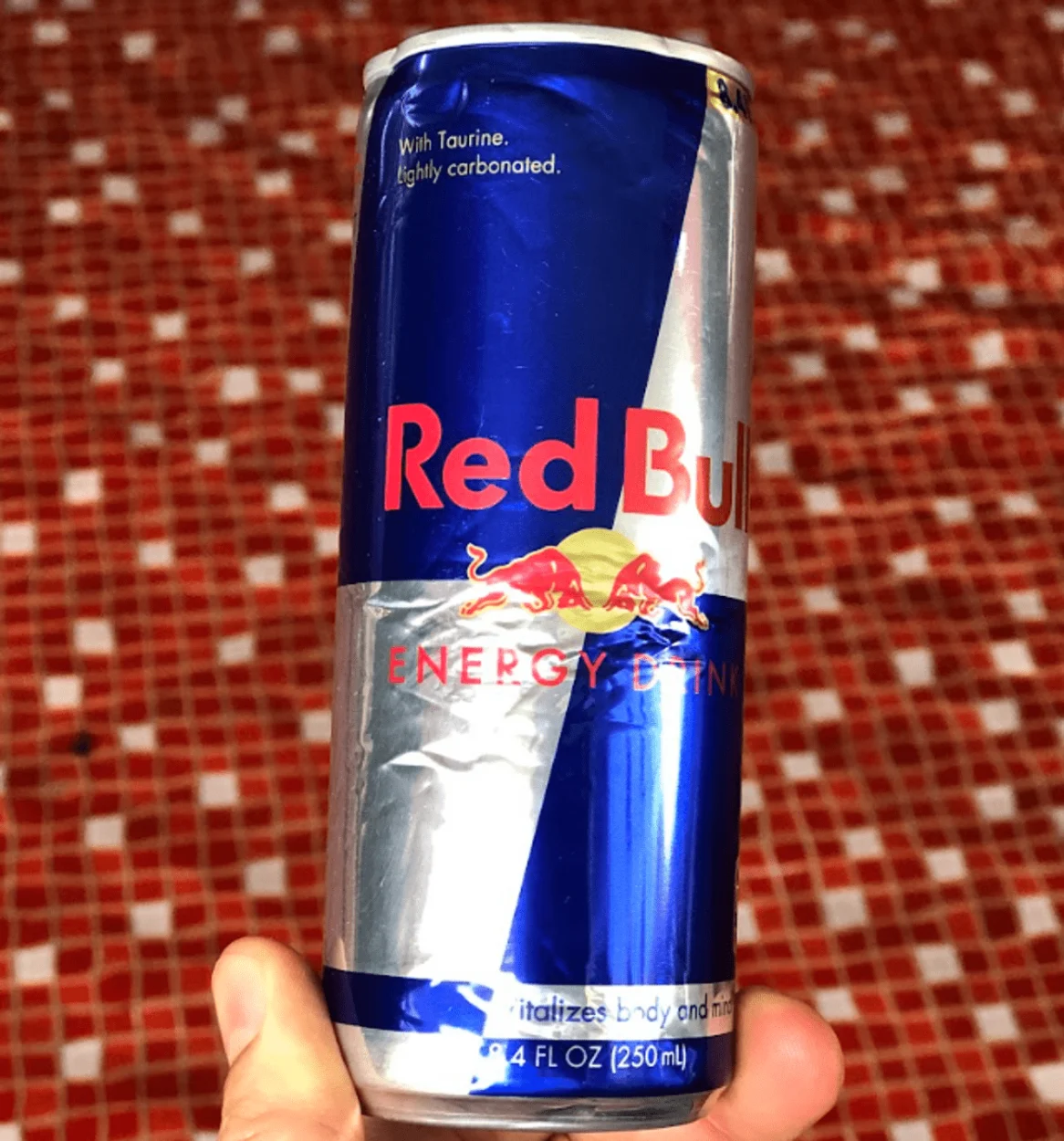
History of Energy Drinks
In 1960, energy drinks first appeared in Europe and Asia.
A well-known brand of energy drinks entered the Austrian market in 1987. When this brand was introduced to American consumers in 1997, it helped fuel the consumption trend for energy drinks with a high caffeine concentration, which was then further fuelled by aggressive industry marketing.
This type of product typically has the term “energy” in its name and contains significant amounts of caffeine as well as other compounds that aren’t typically found in soft drinks.
It’s critical to distinguish between sports drinks and energy drinks. Carbohydrates, minerals, electrolytes, and flavorings may all be present in sports beverages. Their common name implies that they help replenish the electrolytes and water sweated off during physical activity.
Energy Drinks Common Ingredients
Any energy drink you find will contain most, if not all, of the following ingredients.
| INGREDIENTS | BENEFITS |
| Caffeine | Reduce the likelihood of being tired, reduce alertness, and increase focus. |
| Taurine | Boosts nervous system activity, lowers blood pressure and stimulates nerve growth. |
| Carbohydrates | Boosts nervous system activity, lowers blood pressure and stimulates nerve growth. |
| B-Vitamins | Manipulates cell growth, fosters cell health, & aids in the creation of red blood cells. |
| Ginseng | It combats cancer symptoms, lessens inflammation, and enhances brain function. |
Caffeine Content
For a few hours, caffeine, a well-known stimulant, gives you energy and attention.
Energy drinks frequently contain this universal chemical, typically produced from plants.
This research advises healthy persons to limit their daily caffeine intake to 400 mg to avoid any long-term adverse side effects.
According to studies, caffeine can improve your mood and reaction time and stay awake for at least a few hours if you use less than 200 mg daily. Not only that, but your brain, colon, and heart function better than average permitting you to lessen the risk of different diseases such as cardiovascular disorders.
Some energy drinks, such as Monster and Bang Energy, have caffeine levels that are almost as high as the daily recommended maximum (400mg).
Sugar Content
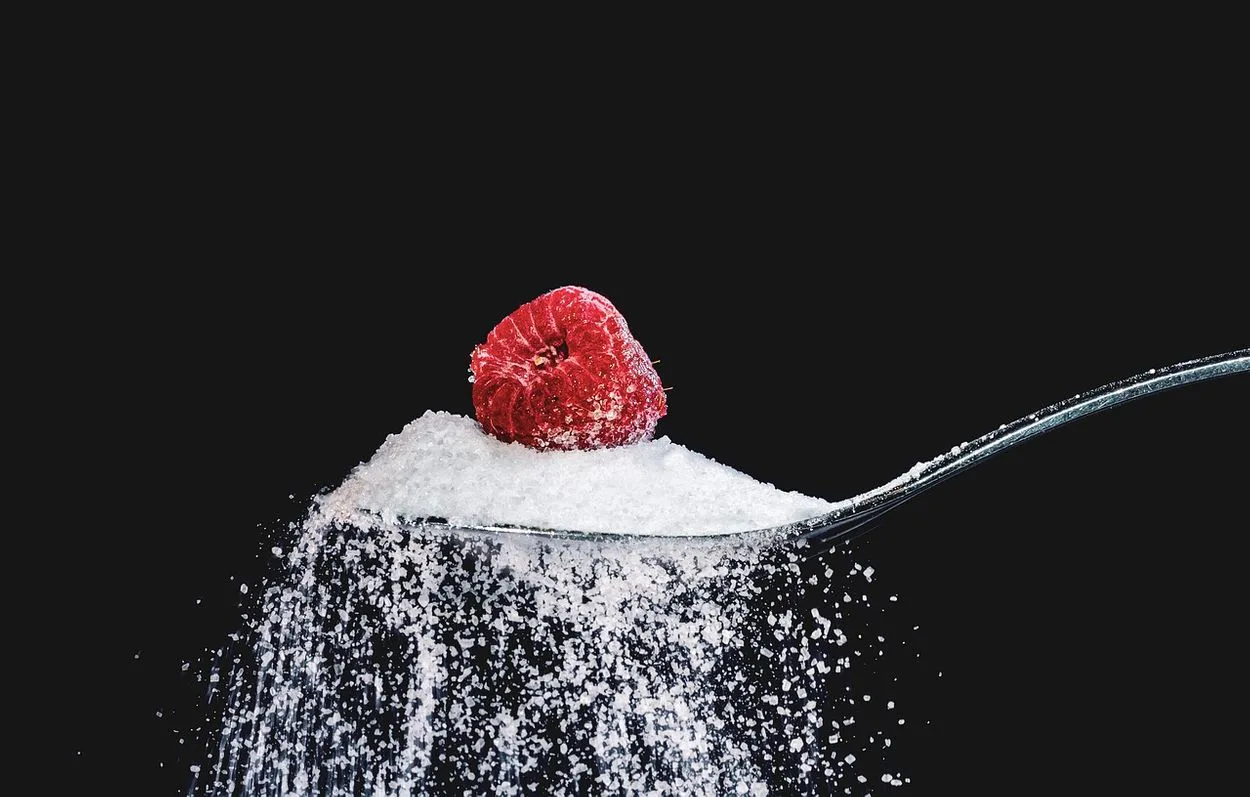
Your body needs sugar and carbohydrates to function properly. In reality, it aids in the production of red blood cells and allows the central nervous system to function.
In addition to caffeine, sugar can be a significant concern in energy drinks because well-known brands do have high sugar levels. Consuming meals, snacks, and drinks with high sucrose content on a regular basis can cause type II diabetes, skin issues, weight gain, and a host of other issues.
Therefore, this research has advised the general population to limit their sugar intake to no more than 25 grams for women and 35 grams for men.
Another thing to avoid is a sugar crash, which is the result of sugar withdrawal. This situation is a medical emergency, and if the person’s blood sugar levels consistently drop to 70 milligrams per deciliter, they might quickly progress to a coma or possibly death.
Calorie Content
Calories serve as the body’s main source of energy, and calories support the operation of many organs while also storing some as body fat that can be used in times of need.
If ingested in excess, it can be dangerous, just like other components. A high-calorie diet and lifestyle can have negative impacts like weight gain, an elevated risk of heart disease, and high blood pressure.
These are just a few of the explanations provided by this guideline, which recommends a 2,000 calorie intake diet with a 2,400 calorie upper limit for women and a 3,000 calorie upper limit for men.
I advise pairing consistent calorie consumption with exercise whether you’re a child or an adult, to provide more room for future incoming calories. In this situation, the body can also preserve its healthy state rather than fending off hazards and symptoms brought on by the stored materials.
What makes Energy Drinks Dangerous?
Energy drinks may contain vitamins, minerals, and amino acids, but when consumed in excess, they can also be dangerous.
The ingredients to watch out for in particular are caffeine and sugar. Know the boundaries of your body because different people can react to these ingredients in different ways.
What was the First Energy Drink?
The first energy drink that was launched was Red Bull.
One of the most popular energy drink manufacturers is Red Bull. Its contribution to and effect on the energy drink business make it the mother of all energy drinks.
Red Bull began modestly, yet it was the product of Austrian millionaire Dietrich Mateschitz’s fertile imagination. Red Bull originally evolved into a drink to boost energy levels and help you with your daily tasks from being a beverage for battling jet lag.
The basic ingredients of Red Bull have been given below.
| Ingredients | Amount |
| Caffeine | 80mg |
| Sugars | 27g |
| Calories | 110 |
| Taurine, B vitamins | Yes |
Red Bull typically has mild caffeine content, so you probably won’t experience any side effects.
Red Bull does include some calories and sugar, though, which could cause sugar crashes and other health issues.
I’d recommend Red Bull to boost your energy if you find that consuming this much caffeine doesn’t have any negative side effects. But as always, moderate your use.
How did Red Bull Energy Drink start?
Red Bull was created by Dietrich Mateschitz when he spotted travelers in Thailand drinking a certain beverage to combat jet lag (Krating Daeng, or Red Bull in Thai).
It gave them a surge of energy and helped them maintain their composure. He observed that people benefited from it because it increased their physical stamina and mental focus.
Red Bull began with a straightforward idea. Energy drink consumption surged as a result of that trend’s emergence. In addition, Red Bull is regarded as the original energy drink. It ended up serving as the basis for all energy drinks sold today.
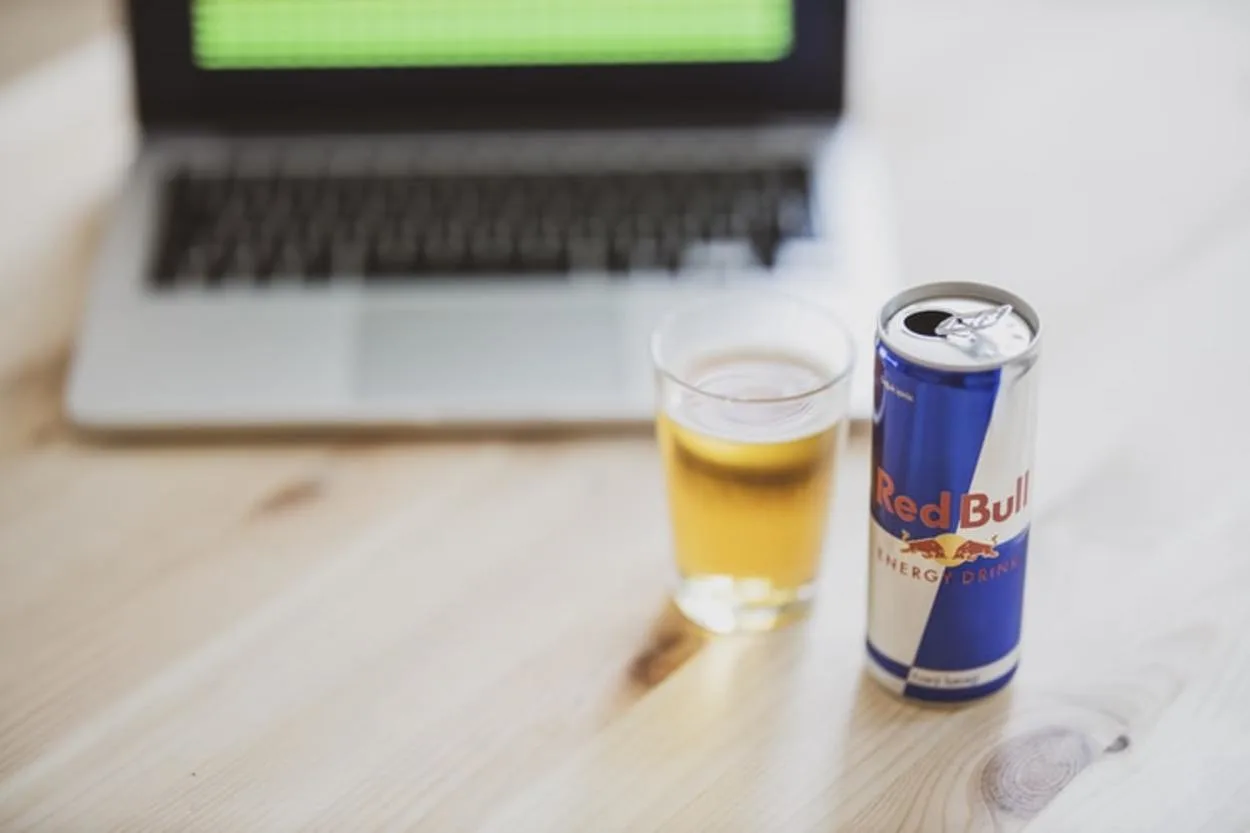
What makes Red Bull popular?
Red Bull’s appeal and recognition among consumers increased as a result of marketing that was of a higher caliber. During sporting events or school festivities, Red Bull distributed beverages.
They advertised their goods on the streets as well. They feel that once they have their target audience, they can quickly boost demand and popularity for their product.
Like all businesses, Red Bull had its start on a small scale. Everyone was initially hesitant to try it because of how new it was.
Red Bull focused on its marketing in order to get around this. Both in the streets and in the classroom, they offered samples.
Red Bull became a real celebrity and is still one of the most popular energy beverages on the market; therefore, the work was completely worthwhile.
I’ve added a youtube video showing more about Red Bull.
Other Notable Mentions
I’ve added a few other notable mentions below.
Best Energy Drink- REIZE (Personal Opinion)
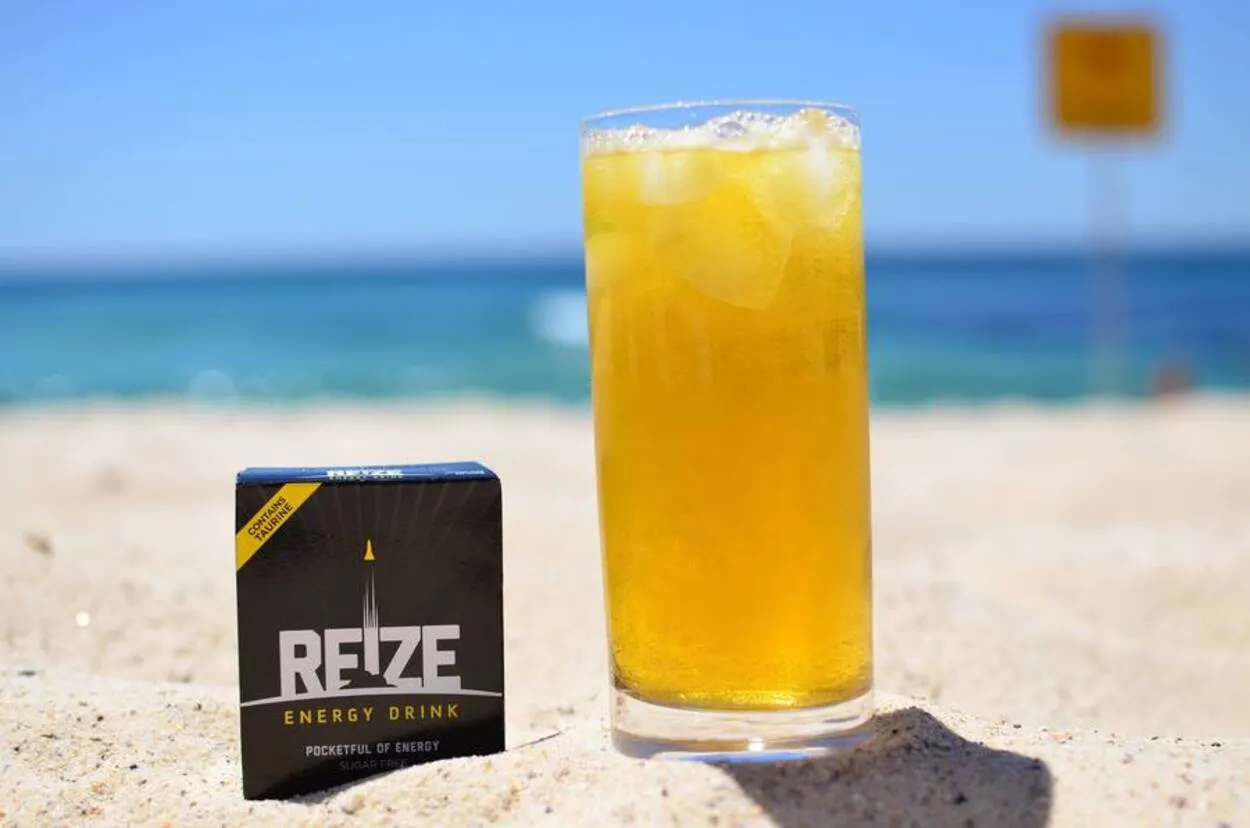
REIZE is my all-time favorite energy drink.
50mg of caffeine is a reasonable amount in REIZE, and it has no adverse effects on my stomach. It also doesn’t cause me to feel bloated or have indigestion.
In addition to caffeine, REIZE also contains a creative blend of taurine, ginseng, and B vitamins, which offers me a superb, long-lasting energy boost. I like REIZE’s ability to keep me from crashing even hours after taking it.
The best thing is that REIZE offers drinks at a price of about $1 per, including door-to-door shipment.
If you give REIZE a try, you might find that it works for you even in your time of need.
Bottom Line
- After making its debut in Europe, Red Bull made its American debut in 1997, marking the beginning of the modern energy drink industry as we know it today.
- Red Bull introduced energy drinks into our culture, and it didn’t take long for products like 5-Hour Energy to rush in and offer energy shots in addition to energy drinks.
- Energy drinks have become a crucial part of the daily routine for many people who don’t have time to unwind. Without energy drinks, it would be practically impossible to stay ahead of the day with all its stressors.
- The basic components of energy drinks are given below.
- Caffeine
- Sugar
- Guarana
